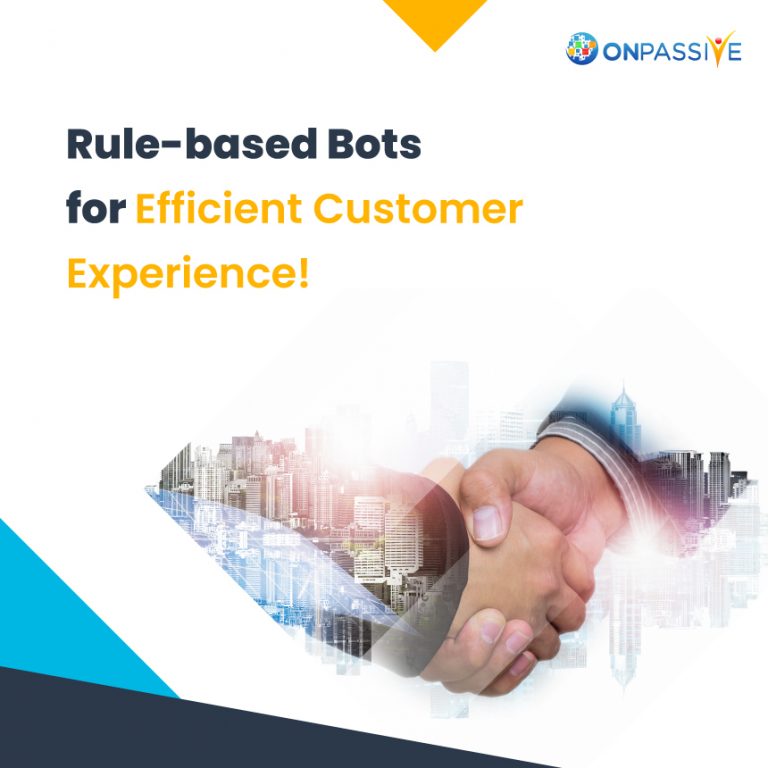
Artificial intelligence is changing the way businesses operate and how many of us enjoy our lives. Businesses utilise AI for a variety of tasks, including detecting fraudulent insurance claims, enhancing customer service, and forecasting the optimum timetable for industrial equipment preventative maintenance. You’re utilising artificial intelligence in your daily life if you have a Nest thermostat, unlock your phone using face recognition, or have ever uttered, “Alexa, turn off the lights.”
Artificial intelligence, as pervasive as it has become, remains a magical idea for far too many people. While some of its powers appear mystical, AI is made up of technology like natural language processing (NLP), natural language understanding (NLU), and machine learning(ML) that are quite real and concrete. If these phrases make you think of “hocus pocus,” you’ve come to the correct place. We’ll look at definitions of NLP and NLU, as well as instances of how contact centers are utilising them to improve customer experience and efficiency.
Let’s understand what contact centers are in AI.
Contact Center Overview
Artificial intelligence is used in contact centers to provide excellent customer service and enhance operational efficiency. Allow your virtual agent to interact with consumers naturally and skillfully help real agents in difficult situations. You’d be correct if you thought AI was present in every contact center these days. Here are several AI-powered call center features that are increasing performance:
- Forecasting methods should be recommended again
- Interactions are scheduled depending on the personality and preferences of the consumer.
- Increasing the number of natural self-service options
- Agent coaching in real-time
This is by no means an exhaustive list, but it demonstrates how artificial intelligence is revolutionising contact center procedures. And without natural language processing and understanding, most of these new capabilities would be impossible to achieve.
What Are NLP And NLU?
NLP is a technical technique that enables text or audio speech to be converted into encoded, structured data. NLP-enabled machines can recognise and respond to human speech. Conversational speech allows people to communicate with computers.
NLU is a kind of NLP that allows robots to comprehend audio or text. Natural language generation (NLG), on the other hand, allows a computer to “speak back” to the user. Human dialogues are feasible when the two work together.
Use Of NLU And NLP In Contact Centers
Automated attendants such as Apple’s Siri and Amazon’s Alexa are perhaps the most visible application of NLP. Contact centers, on the other hand, have been in the forefront of implementing NLP to offer real-world business and customer experience advantages.
NLP is frequently used in interactive voice response (IVR) systems to allow consumers to engage with menus and self-service transactions using natural speech. Speech analytics systems may also search through a large number of interaction recordings to generate transcripts, detect frequent call causes, highlight potential compliance concerns, and so on.
Additional contact center applications are anticipated to develop as NLP matures and improves. In today’s contact centers, NLU plays two important functions. Chatbots are computer-assisted agents that utilise natural language understanding to communicate with customers in online chat sessions. They can start the conversation by welcoming the client, solving minor problems, and gathering data to pass on to a human representative.
Some interactive voice response (IVR) systems employ NLU to allow callers to communicate with the system using conversational language. This may improve the consumer experience, but it is more difficult to implement.
NLP And NLU-Based Contact Center Solutions
Let’s take a deeper look at two NLP and NLU-based contact center solutions:
Conversational IVRs
The emergence of conversational IVRs transformed the user experience completely. Customers may just explain their concern when asked, “How can we help you today?” NLP/NLU will allow them to completely skip menus. Based on the translated input, the IVR then understands what to do next. If a caller says, “I have to verify my new debit card,” the IVR will know whether to connect them with a knowledgeable person or direct them to self-service, where NLP will allow them to speak with the system again.
Chatbots
AI-based chatbots deliver a better, more effective client experience than rule-based bots. They’re capable of a far larger set of activities, including allowing comprehensive, end-to-end self-service, because they can understand human speech and user intent. If self-service isn’t an option, these chatbots can collect data and send it along to an agent, reducing wait times and personnel expenses.
Conclusion
This article should have provided you with a better knowledge of NLP and NLU, as well as how they may be used in the contact center to improve self-service experiences and boost efficiency. Contact ONPASSIVE to learn more about contact center AI in a fun and accessible way. In no moment, you’ll be speaking AI’s amazing language!


